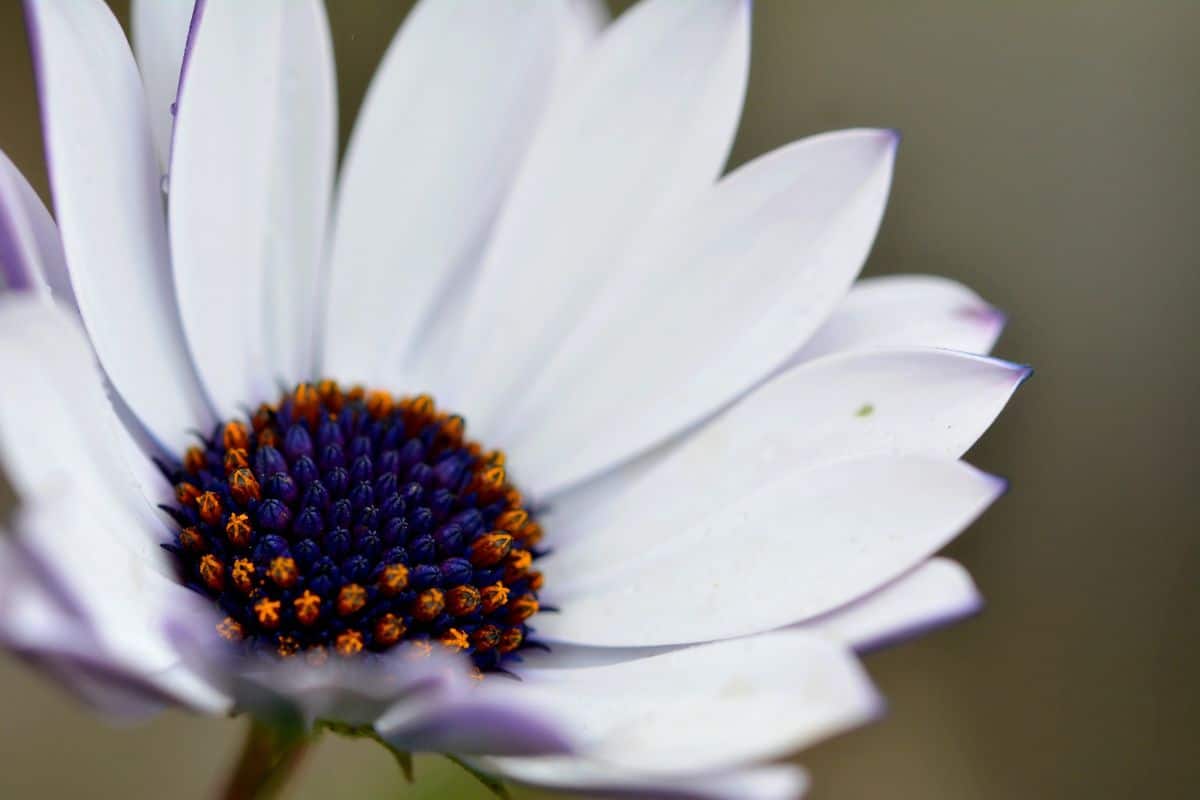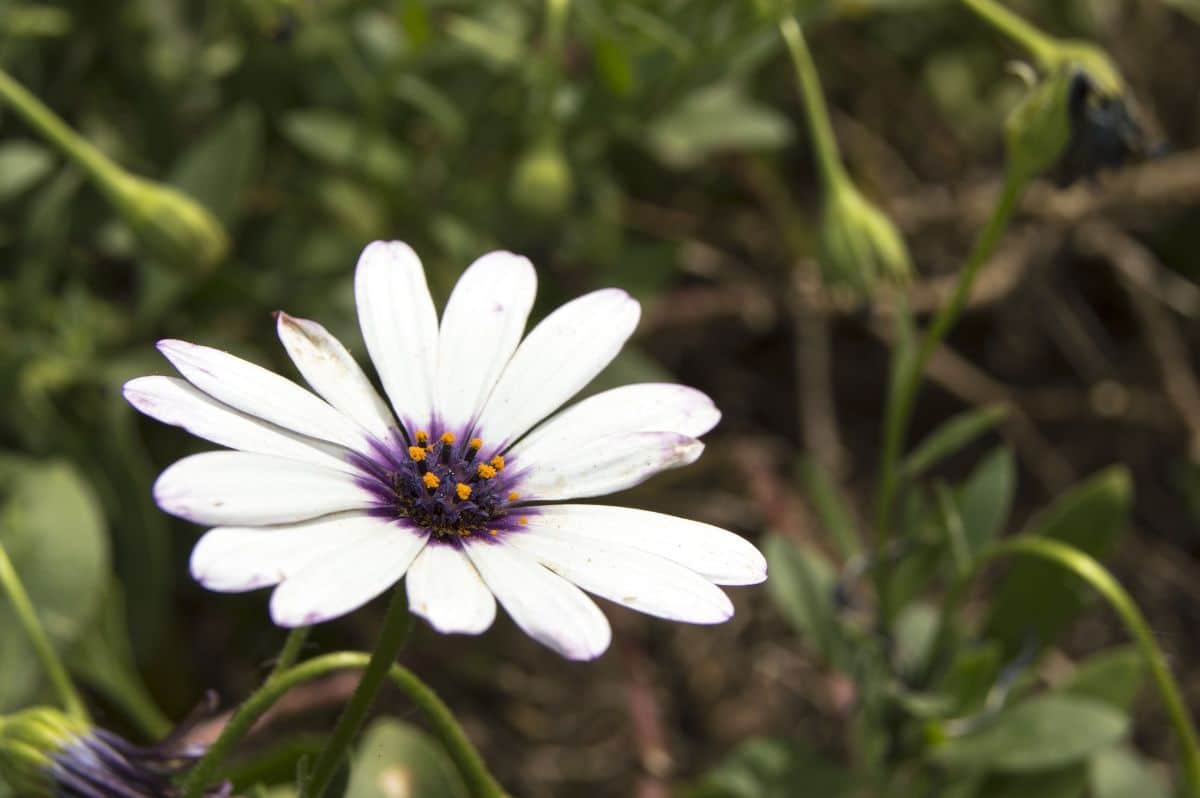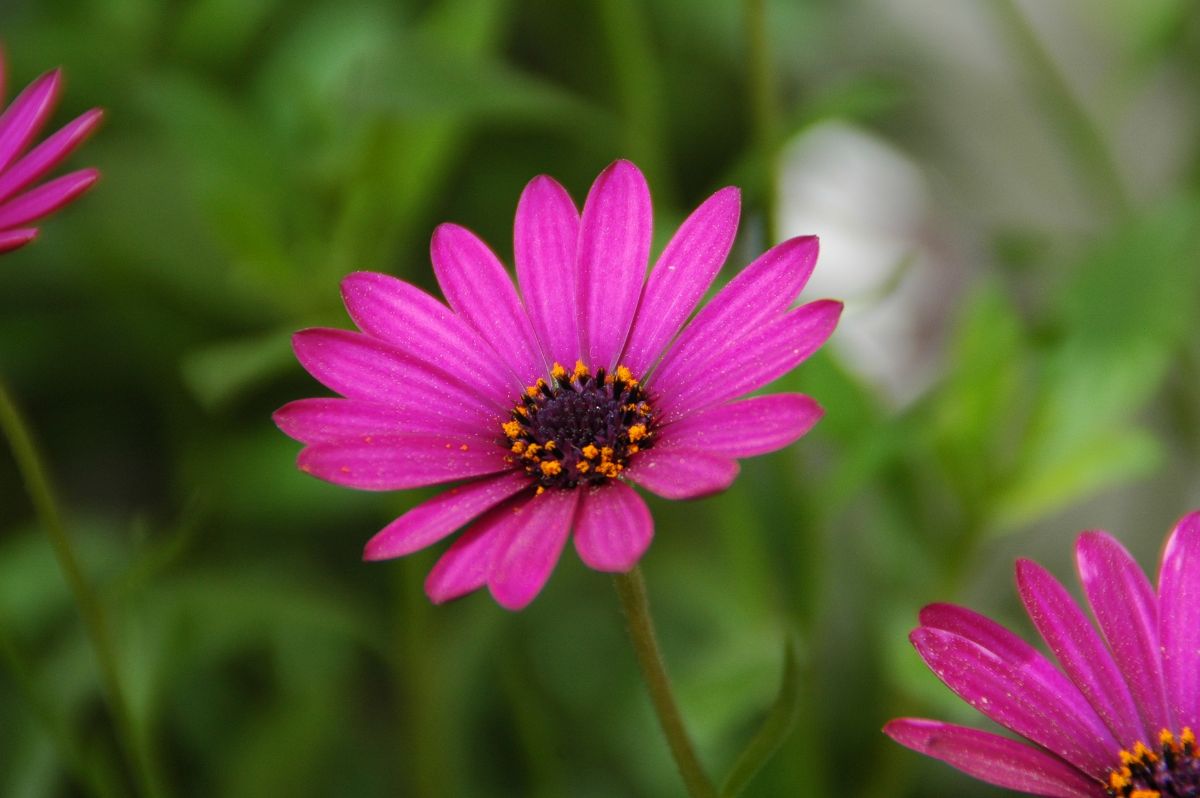
The dimorfoteca is not a plant, but a set of 20 different species characterized by the showiness of their flowers, very similar to daisies. These rustic and strong plants need, like any other plant or tree, a pruning. But how is the dimorfoteca pruning?
If you have dimorca in your garden and you need to know what care you should provide, we give you a guide to them focusing especially on the pruning of the dimorfoteca so that it is always in top shape and you can enjoy the flowers it creates.
Basic care of the dimorphic library

Before we focus on the subject of pruning the dimorfoteca, it is important to know what the basic care of this plant is, which is often called cape margarita (or African) or Cape marigold.
Among these cares are:
Location
Taking into account that the dimorfoteca is a plant that will barely reach one meter in height (at least 20 centimeters), it needs a very bright place. So don't be afraid of place it in full sun.
Now, that doesn't mean you can't put it in semi-shade or indoors. As long as you place it in one of the brightest rooms, nothing will happen.
Earth
Search for a substrate for the dimorfoteca rich in nutrients but at the same time with a lot of drainage. For example, you could use peat moss with coconut fiber and worm castings. To make it more draining, add perlite or vermiculite.
Being a flowering plant, it needs almost permanent nutrients to have strength and continue to bloom year after year. The more you give it, the more prolific it will be when putting flowers, but be careful, because too much can also be harmful.
Fertilizer
Although it is not necessary, if you have it in a pot or in the garden, you could choose to add some liquid fertilizer in the months of more flowering, that is, in spring and summer. You can also apply that compost through compost or humus.
Irrigation
This is a very important aspect to maintain the health of the plant. It doesn't need a lot of watering, and excess, even minimal, can kill it. So always try to water only by wetting the soil without going overboard. And when? Well when the land looks completely dry.
Of course, we recommend that, as far as possible, try not to wet the leaves or the flowers because it can be harmful (appearance of burns, pests, diseases, etc.).
Multiplication
The multiplication of the dimorphic library occurs, either through seeds, planted in the fall and early winter months; or by cuttings, cutting stems in summer of about 15cm and planting them directly in a pot or an area of the garden (although it is always better to do it in a pot and then transplant it).
How is the dimorfoteca pruned?

Pruning the dimorfoteca is one of the most important care, and perhaps one of the most influencing the plant to develop more or fewer flowers. For this reason, we want to dedicate a unique section to you so that you understand everything you need to know about this care.
To begin with, you should know that dimorphic libraries must be pruned yes or yes. This plant is fast growing, so if it were not pruned they would end up overgrow And this implies two things: on the one hand, that it will eat the ground of other plants, which will make them disappear in the end; on the other, that the plant grows so much that it has a deficiency in its nutrients and in the end you end up with dead parts of the plant in order to survive and continue to develop.
For this reason, the pruning of the dimorfoteca is used with these two objectives: to control its growth and to help the plant to be healthy and strong in each flowering. But when to do it?
When to prune dimorphic libraries
Later we are going to tell you that the pruning of the dimorfoteca is not just one, but there are several. However, the pruning itself should always be done. in late winter and early spring. It is not recommended that you do it in winter because the plant can suffer a lot (having wounds, it could end up dying inside during the colder months).
In this case it is better to wait until there is no risk of frost and it is active, that is, in the process of waking up to flower and continue growing.
Tools for pruning
When it comes to pruning, you won't need more than a few normal pruning shears and gloves. The scissors should be disinfected before and after using them, since that way you will prevent the appearance of diseases or pests in other plants (or among them).
As for the scissors, they should not be anything to write home about because the branches and stems of the dimorfoteca are quite thin and it will not be difficult for you to cut them with them.
Types of pruning dimorphic libraries

We can differentiate two types of pruning of the dimorfoteca: the pruning itself and the maintenance one, which we will do throughout the year (although in winter we recommend not touching it).
La maintenance pruning It consists of cutting those branches or trunks that are in poor condition, from which no flowers sprout or that have withered, as well as sprouts and suckers that take away the vitality of the plant (and prevent it from flourishing). In this way, you will be helping the energies of the plant to flow to other parts where they can be used properly.
With regards to pruning itself, It is the one that takes place at the end of winter or early spring. To carry it out you must:
- Cut out all the bad parts.
- Cut back branches so sunlight can penetrate the entire plant and help it thrive.
- Eliminate old branches in favor of new ones.
In general, this pruning implies that the maximum 50% of the plant is cut so that it can grow new and with more force. Of course, sometimes something more than 50% can be allowed, either because the plant looks bad and it needs to reproduce again almost as if it were planted again, or to regenerate it completely. But it should never be done in the first years of life.
Is the pruning of the dimorfoteca clearer to you?